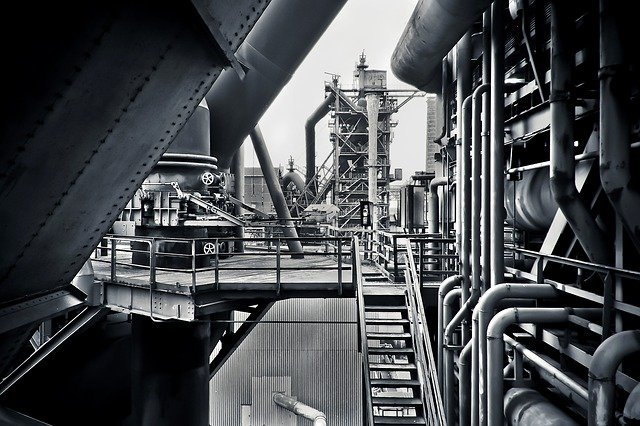
You will be better off when you know at least the basics of pneumatic system to use it in your industry. This will enable you to make the best use of it.
A pneumatic system is one that uses compressed air to function. The system works in three simple stages such as:
- Capturing the air
- Transporting it all over the circuit and
- Generate the required energy for the designated tasks.
This system is typically used in both manual and automated machines. It is also used extensively in mining and construction industry, for dental drills, music instruments, and thanks to the technological advancements, pneumatic systems are also used in robotics. It is to say that the pneumatic machines usually have a wide range of applications.
The most important pneumatic components are:
- The air compressor – This captures the air and store it. It reduces the volume of air captured within its enclosed space.
- The air cylinders – These cylinders move after receiving the energy signal. It creates the force to power the motor. These cylinders usually move linearly but depending on the model it can also move in varying strokes.
- Actuator -This opens and closes the valves in the system after receiving the signal. This produces mechanical energy from the pneumatic signal to transfer power.
Lastly, there is a motor. This is actually the powerhouse of the system that works when the cylinders move and can come in various shapes and sizes.

Applications and issues:
Use the pneumatic system properly so that it can be extremely useful for your industry. A few specific pneumatic applications include:
- Transportation, to make air brakes, air engines and air-powered vehicles.
- Healthcare, for dental drilling, vacuum pumping and in pressure regulators.
- Construction, to make nail guns and jackhammers.
- Home systems, such as heating and air conditioning control.
- Music, to make pipe organs and player pianos and many more.
It is the complex pneumatic systems that can face a few specific issues that you may face while using the system. These issues can be:
- Low pressure
- Slow moving of the actuator
- Too much choking of air
- Leaks in the air seal
- Damaged or dirty filter
- Cylinder drift and
- The directional control valve not functioning.
In such situations, you will need a trained professional to get it repaired. They will take the system apart to inspect each component, piece by piece. They will look for any leaks, corrosion, cuts, or any other physical imperfections that may be interfering with the functionality of the pneumatic system.
Advantages of using
There are lots of advantages of using pneumatic systems. Some of the most significant benefits of using such a system, irrespective of your industry type are:
- High effectiveness – Production of compressed air is more because there is an unlimited supply of air in the atmosphere.
- Storage and use – It can store this air in large volumes easily. Its use is not limited by distance and can be transported easily through pipes and after using it can be released into the atmosphere directly without processing.
- High durability and reliability – The components of the pneumatic system are highly durable as compared to electromotive components that can be damaged easily.
- Simple design – The simple designs of a pneumatic system facilitates simple automatic control. You can choose between linear and angular rotational movement for continuous variable operational speed.
- High adaptability – These systems can work in any environment even harsh settings, as compared to the other systems.
In additional to that, the pneumatic systems are safer than any electromotive system. It will not cause fire or explosion while working in inflammable environment. These are also environmentally friendly and economical.





